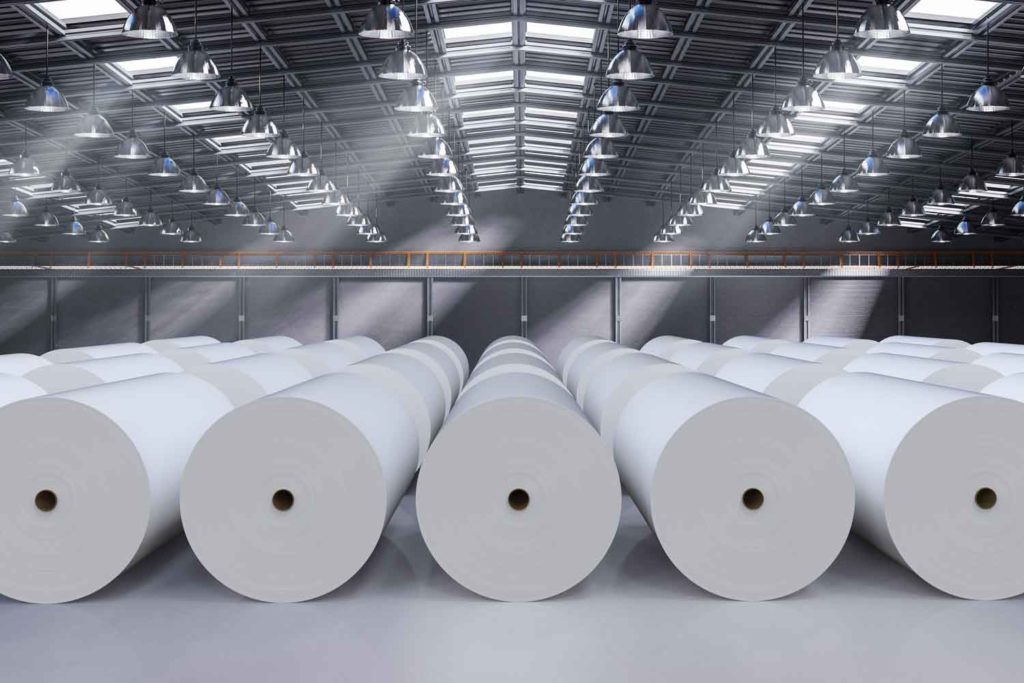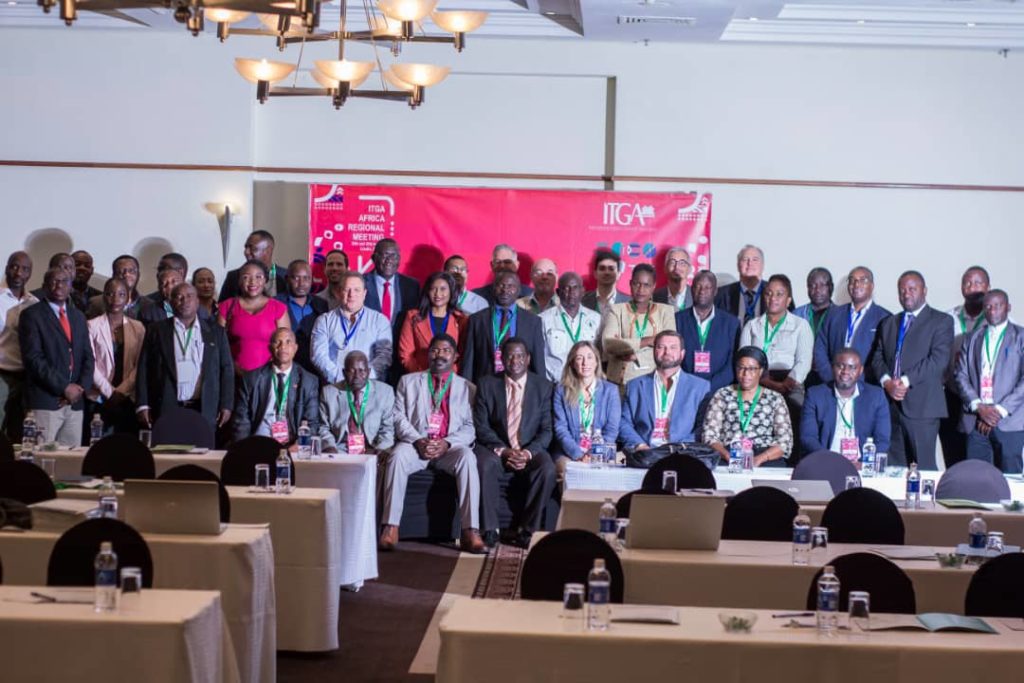
New data from the 2022 National Youth Tobacco Survey (NYTS) shows that 2.5 million U.S. youth use e-cigarettes, according to the published findings in the Morbidity & Mortality Weekly Report released by the U.S. Food and Drug Administration in conjunction with the Centers for Disease Control and Prevention.
“The FDA remains deeply concerned about e-cigarette use among our nation’s youth. It’s clear that we still have a serious public health problem that threatens the years of progress we have made combatting youth tobacco product use,” said FDA Commissioner Robert M. Califf. “We cannot and will not let our guard down on this issue. The FDA remains steadfast in its commitment to using the full range of our authorities to address youth e-cigarette use head-on.”
The study shows that about one in 10 middle school (3.3 percent) and high school (14.1 percent) students reported current e-cigarette use; current use is defined as use within the past 30 days. About 85 percent of surveyed students reported using flavored e-cigarettes while 27.6 percent reported daily use. Respondents most commonly used disposables, with Puff Bar being most common (14.5 percent) followed by Vuse (12.5 percent) and Hyde (5.5 percent). Puff Bar and Vuse were pre-specified options on the survey, but Hyde was written in by students as their preferred brand.
Since methodology changes occurred, including in survey administration and data collection procedures due to the Covid-19 pandemic, comparisons between the 2022 NYTS and previous years is limited.
Following the release of this data, the FDA has issued a warning letter to Puff Bar for receiving and delivering e-cigarettes in the U.S. without a marketing authorization order. The FDA has requested a response within 15 working days of receiving the letter, detailing how the company intends to address the FDA’s concerns, including the dates on which they discontinued the sale and/or distribution of these tobacco products and plans for maintaining compliance with the Federal Food, Drug and Cosmetic Act. Failure to address the violations puts the manufacturer at risk of regulatory action, such as a civil money penalty, product seizure and/or injunction.
The Puff products subject to this warning letter are nontobacco nicotine products.
After reviewing premarket tobacco product applications for 32 Hyde e-cigarettes, the FDA issued marketing denial orders (MDOs) for these applications submitted by Magellan Technology Inc. In conducting its scientific review, the FDA determined that the applications lacked sufficient evidence demonstrating that the products would provide a benefit to adult users that would be adequate to outweigh the risks to youth. No Hyde products have received marketing authorization orders from the FDA.
“Congress gave the FDA authority to hold manufacturers and retailers who violate the law accountable,” said Brian King, director of the FDA’s Center for Tobacco Products. “FDA is actively working to identify violations and to swiftly seek corrective actions, particularly for products popular among youth. We will use all compliance and enforcement tools available to us, as appropriate, to protect our nation’s youth.”







































